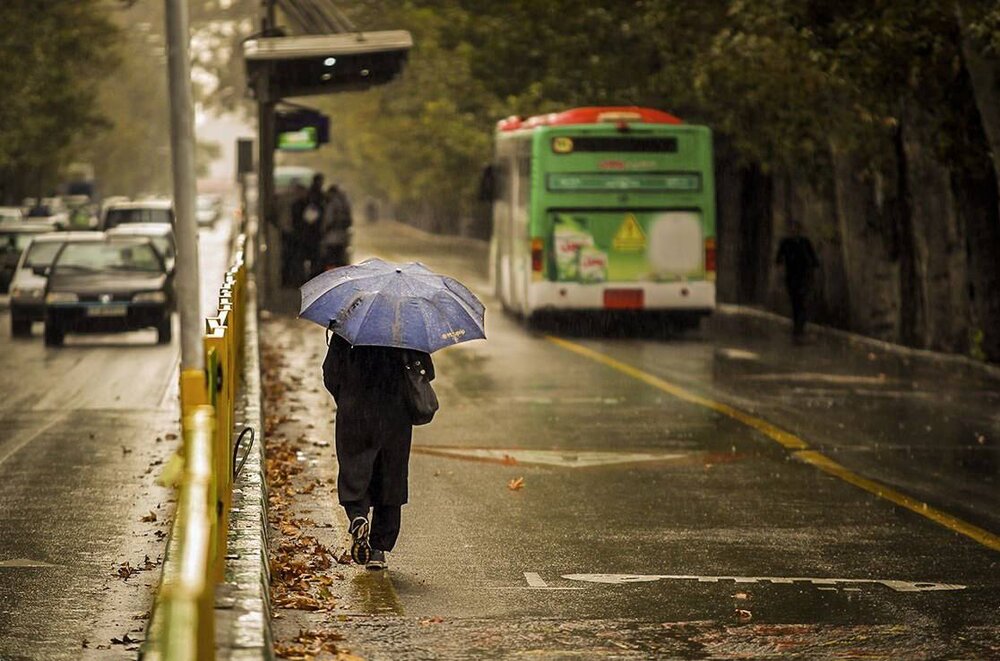Iran short of rain by 33%

TEHRAN – Precipitation has declined by 33 percent in Iran over the first three months of the current water year (September 23-December 10) compared to the long-term mean.
The whole country received 33.5 millimeters of rain over the aforementioned period, meanwhile, the long-term average is reported 49.6 millimeters in this month, showing a 33 percent decrease in rainfall, and the country is 51 percent short of rain compared to the same period last year.
The report by the national center for drought and crisis management considers this year to be one of the driest in the past 50 years.
Reduction of precipitation, especially snowfall in the country has caused the level of snow cover not to be in a favorable condition compared to last year.
The snow cover in the country last year was 170,994 square kilometers. This is while it has decreased to 133,011 square kilometers by December 10, this year, which shows a decrease of 37,983 square kilometers.
Also, snow cover is very effective in supplying water to the country's dams, and it has resulted in declining dam reservoirs, as out of the total capacity of 50.5 billion cubic meters of the country's major dam reservoirs, only 35 percent is filled.
More drought predicted over next 5 years
According to the World Meteorological Organization's multiannual forecast, in the next five years, Iran’s average rainfall will decline by 75 percent, and the temperature rises by 50-75 percent compared to the long-term average.
Accordingly, the adoption of national policies to adapt to low rainfall and reduce the consequences of drought is inevitable, and the Seventh Development Plan should be prepared on the basis of drought and climate change, Vazifeh said in May.
A large part of the country has been hit by severe drought during the past 12 months. Forecasts indicate that we will not have significant rainfall in the remaining months of the current water year, so that, we face severe to very severe drought in most parts of the country, he stated.
What would be the consequences?
Climate change is a fact that cannot be run over, whether the temperature raises over 2 or 6°C, natural incidents such as flooding, droughts, and severe storms are among the main consequences of climate change.
Moreover, water and food shortages, water-borne illnesses, cold or heat-related deaths will come up as the results of temperature variations. In tropical areas also the risk of floods will raise.
Heavy rain and other extreme weather events will become more frequent, which can lead to floods along with decreasing water quality, but also decreasing availability of water resources in some regions.
Climate change will also bring extreme wet and dry seasons, which mainly causes rainfall fluctuations and water scarcity. While there have been prolonged droughts nationwide in past recent years leaving people scrambling for water.
So, nations must take steps to reduce greenhouse gas emissions in the future, preventing the emissions peak, otherwise, they might not be able to breathe on the planet in the future, or migrate to other places if found.
The study may also come efficient when it comes to making the people aware of climate change impact in their own city, within their lifetime, to avoid experiencing an entirely new climate that is beyond human experience.
FB/MG
